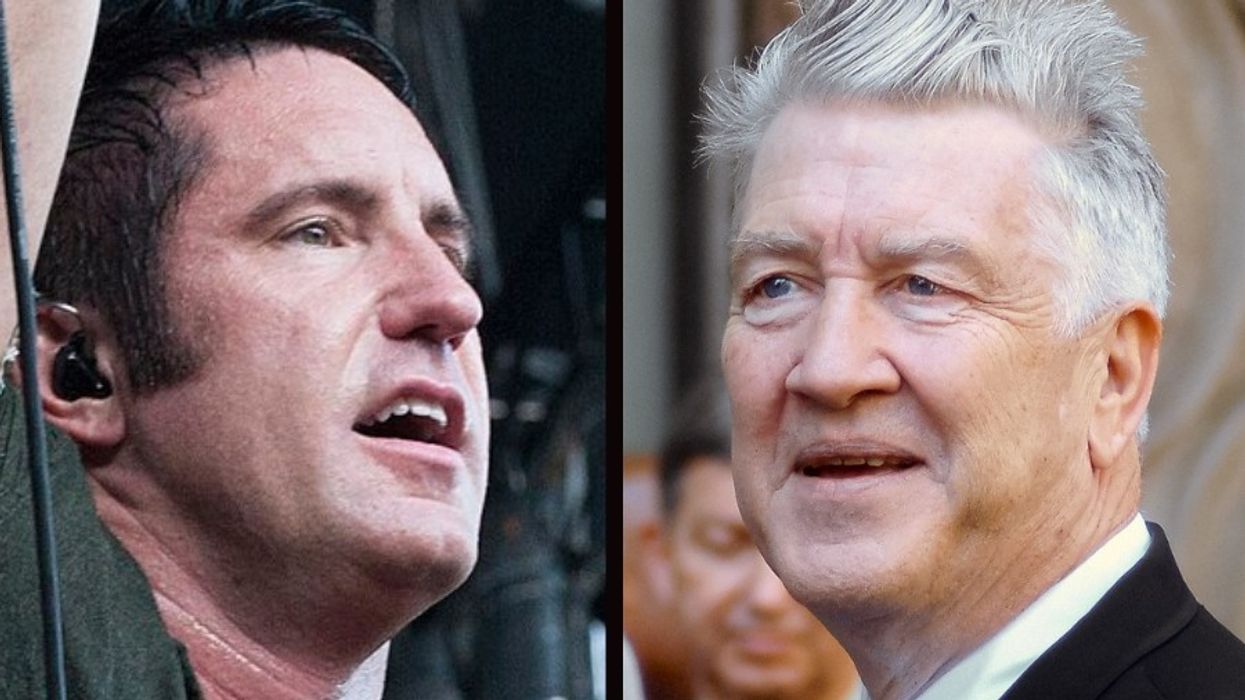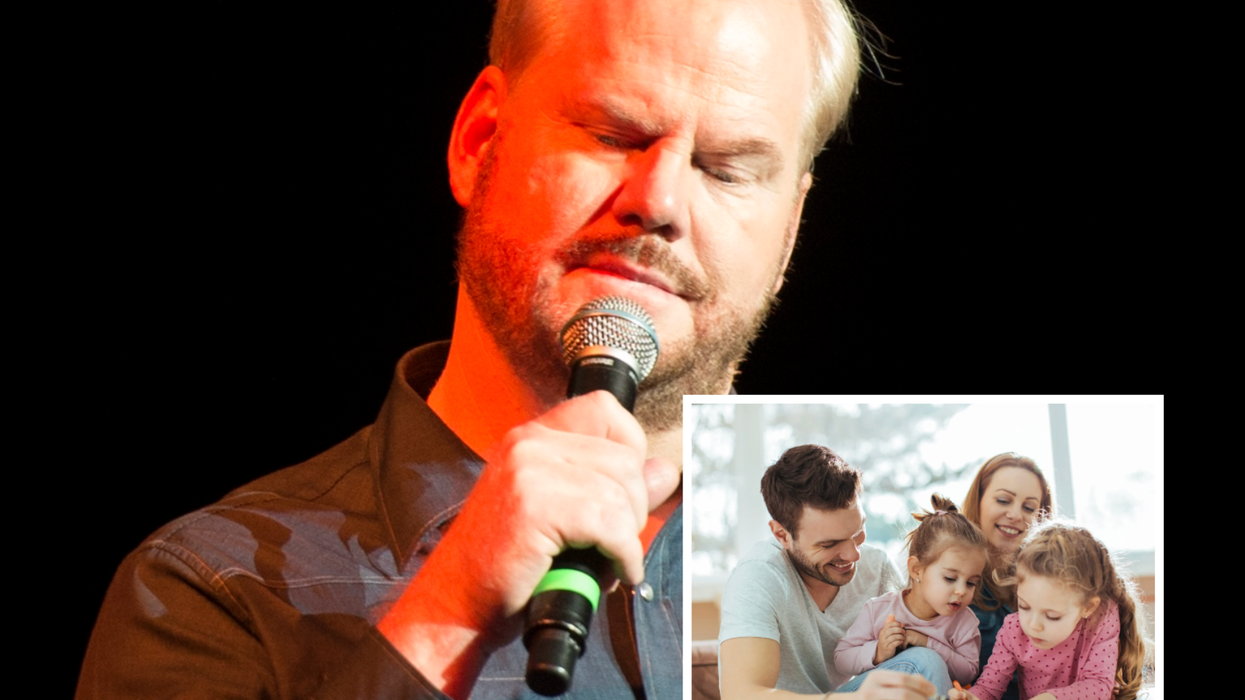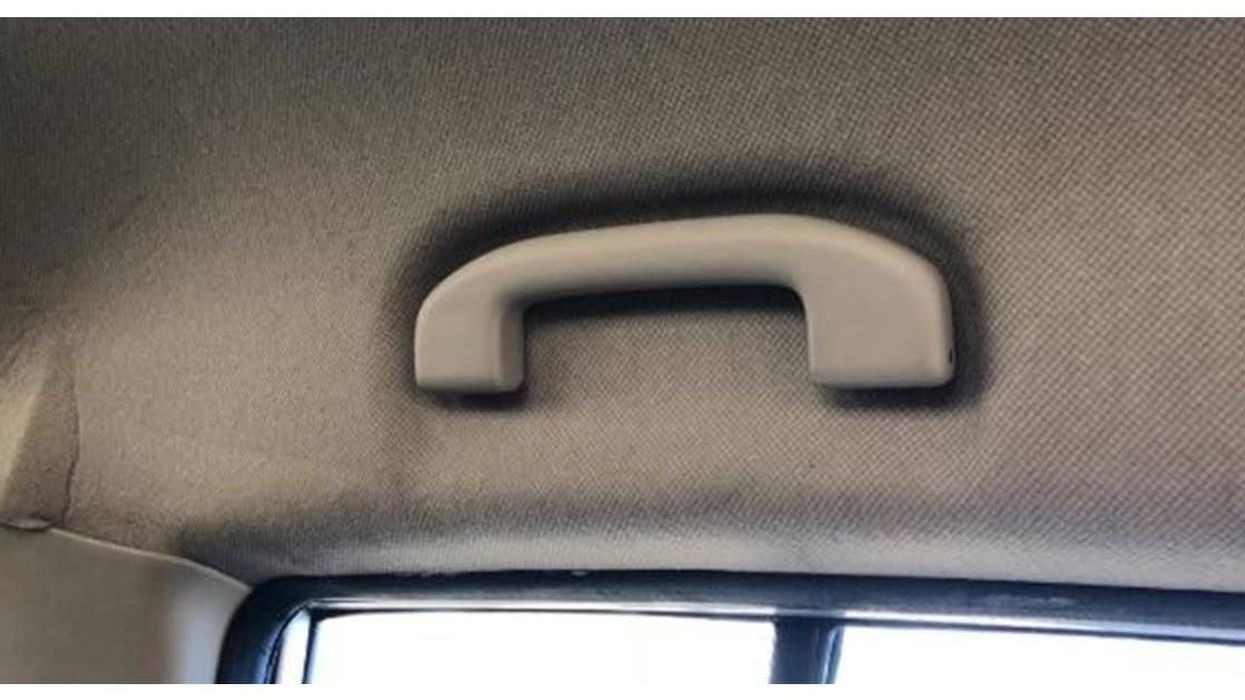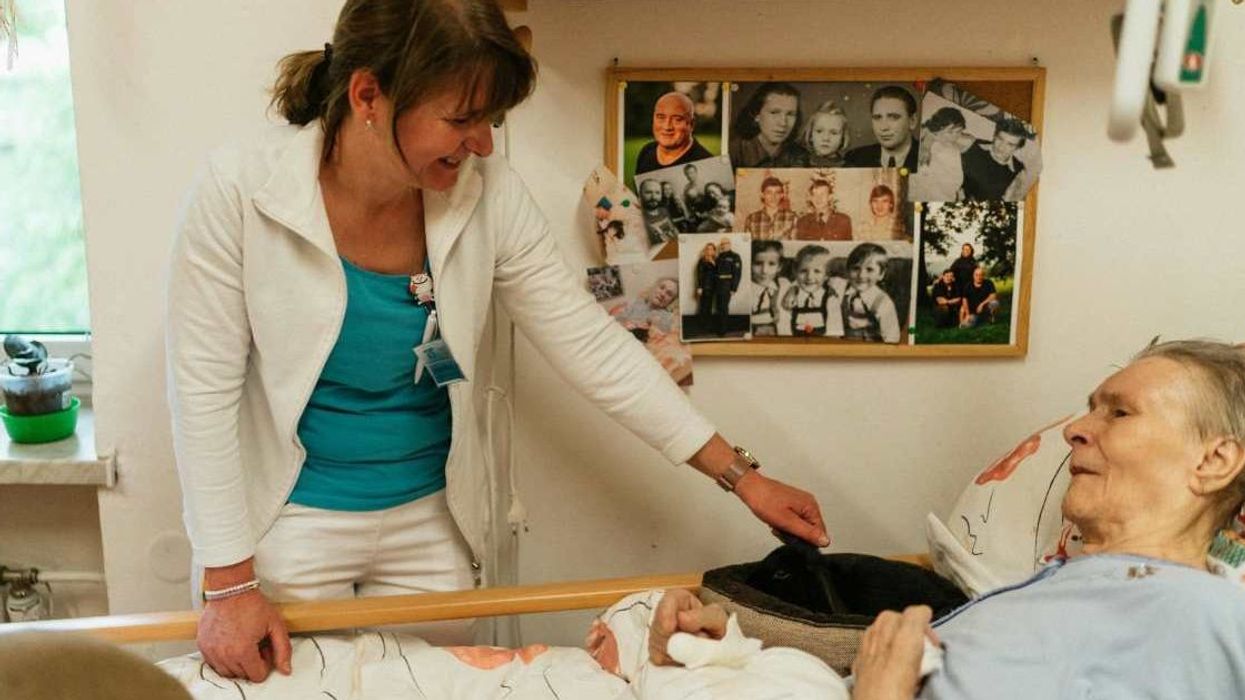There’s a new documentary that’s receiving far less public attention than it should. It doesn’t just deserve coverage because of the awards it’s been quietly sweeping up left and right, but also because it’s one of those stories that seems almost too cinematic to be real, sparking some seriously needed conversations among viewers. Vessel tells the story of Rebecca Gomperts, a 48-year-old Dutch gynecologist and the founder of Women on Waves, an organization sailing the high seas on a floating medical abortion facility.
The film shows the group bravely skirting local laws on international waters, failing to break past naval blockades, and eventually connecting with local activists, launching a massive effort to bring safe, affordable abortions to countries where they’re desperately desired but illegal. But this isn’t just some feel-good tale of bringing medical services to benighted nations. Gomperts’ story also features appeals for Women on Waves to visit countries where abortion is legal (or quasi-legal), highlighting the great divide that lies between legality and accessibility, and encouraging us to focus more on the latter in places like America.
The story begins back in the 1990s, when Gomperts was a direct action activist aboard Greenpeace’s infamous, long-lived Rainbow Warrior II. While aboard, she assisted in her first abortion in Guinea and witnessed the harsh realities of women forced to seek unsafe, illegal abortions in Africa and Latin America. As of 2008, the last time serious World Health Organization numbers were compiled, at least 21.6 million unsafe abortions were performed each year worldwide (out of 43.8 million abortions total), resulting in 47,000 deaths—that’s one needless death about every 11 minutes from poorly performed attempts to terminate a pregnancy.
Knowing that if she operated in international waters, she’d be able to work under Dutch law—which allowed counsel and abortion in the first weeks of pregnancy—Gomperts raised about $55,000 in 1991. She then outfitted a boat with a medical clinic inside of a shipping crate, designed by an artist friend with funds from the Dutch National Arts Council. By claiming the container was certified art rather than a medical facility, transportation authorities were forced to allow them to sail freely.
The clinic boat, the Aurora, set out in 2001 with birth-control supplies, a surgical facility, and 20 doses of the recently legalized RU-486 medical abortion cocktail, a breakthrough which that year had changed Gomperts’ focus from performing a few surgeries and raising awareness to administering more procedures with pills. They were bound for the shockingly repressive Ireland, where women usually had to travel to the United Kingdom for abortions, though many could not afford the trip. But on this mission, stymied by bureaucratic issues and an inability to get proper licensing from the Dutch government, the young and idealistic Gomperts was prevented from helping the dozens who sought her help.
But rather than let this failure sink her, Gomperts soldiered on, and despite vicious protests, performed a handful of abortions off the coast of Poland in 2003. She was turned back from Portugal by warships, but in 2004, went on the air in that country to promote access to safe medical abortions (and won a court case saying Portugal’s actions had been unwarranted). Women on Waves eventually returned to Ireland in 2007, and the next year, continued on to Spain. A shipwreck en route to Ecuador, followed by new Dutch regulations limiting the practice of abortions, led many to believe Gomperts was finally grounded in 2009. But in 2012 she sprung back, heading for Morocco, where her ship was boarded and turned away, but still raised a huge national discussion on abortions.
[/vimeo]
Even if she’d been allowed to land, Gomperts couldn’t have performed any abortions in Morocco, but by then that wasn’t even the primary function of Women on Waves. After being criticized both for her failures and the low number of actual executed abortions, Gomperts realized by 2004 that the publicity she generated could be better used to spread the word about misoprostol, a common and—in many places—commercially available drug that’s usually administered alongside the highly restricted mifepristone (RU-486) to induce a medical abortion.
Taken together, the combination is over 97 percent effective in ending pregnancies, but even just taking twelve misoprostol tablets alone, (four under the tongue every three hours) is about 85 percent effective in the first nine weeks. Misoprostol’s effects mimic a natural miscarriage, which occurs in 15 to 20 percent of global pregnancies anyway, making it difficult to detect. The drug carries a lesser risk of death than childbirth itself, or even than taking prescription Viagra, making the little known chemical a safe and viable solution for women around the world.
There was a lot of potential power in teaching women how to acquire and administer the drug themselves—even in places where abortions were totally illegal—to safely, undetectably, and affordably end unwanted pregnancies. Gomperts launched hotlines and training programs all over the world, from Peru to Pakistan to Poland. She also published a global directory of services and providers, working up guidelines for how to use the drug and avoid detection, as well as helping individuals procure the pills for free (or for a small operating cost donation). The sailing was, from that point on, about raising awareness and instigating important discussions around abortion.
But by 2013, Women on Waves was in trouble. Nations had caught on and started to intercept their misoprostol shipments. Many staffers quit, citing Gomperts’ increasingly authoritarian leadership style. But with a global network of hotlines, trained activists, and collaborators, the organization’s mission to increase access will likely continue. Just not in America.
Gomperts receives 40 to 60 requests annually for Women on Waves to come to America or help American women obtain misoprostol, available here only with a doctor’s prescription (and in many places, only administered under medical supervision). For the many, many poor Americans without access to healthcare that covers abortions, even that amount of limited access lies beyond ever-increasing layers of dissuasion, social stigma, and high financial costs. But Gomperts has to turn American women down, stating her mission is to bring access to places where abortions are completely illegal and inaccessible, not where they could be obtained safely if not for stigma and a web of legal restrictions. But she acknowledges that it may be easier to get an abortion in Africa than in Missouri, as it’s easier to sidestep loose laws than to wade through red tape, public derision and paternalistic surveillance.
The Women on Waves story could be read as inspiring. But it’s in what they could not do that tells the real story of the film Vessels and its subjects. Sure, there is training on how to use misoprostol in America, but no way to obtain it. It’s a stark reminder that legality and accessibility are two distant sides of the same struggle; as much as one wishes to focus on righting wrongs in less wealthy or outwardly progressive nations, sometimes the same struggles are deceptively hidden behind a veneer of access. In that sense, the film and the organization achieve what they’ve always wanted: inspiring discussion and action where they themselves could not act.














